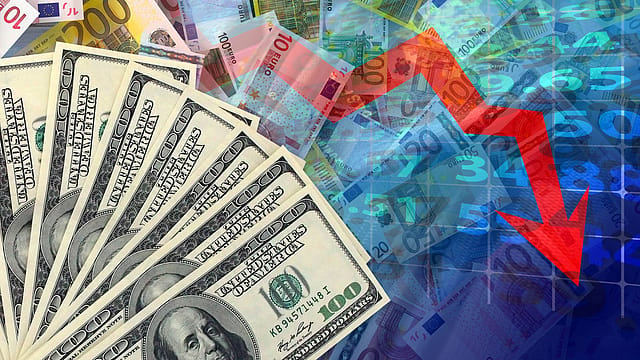Global economic woes reduce FDI flows into India
ADVERTISEMENT

India has started feeling the pinch of a slowing global economy and rising interest rates leading to a noticeable decline in Foreign Direct Investment (FDI). The FDI inflows into India have declined on a four-quarter trailing basis. From a peak of $70 billion in the second quarter of 2021, FDI has come down to $33 billion in the second quarter of 2023. This means that India attracted $70 billion between July 2020 and June 2021 but the FDI got halved to $33 billion between July 2022 and June 2023.
Since March 2022, Federal Reserve, the Central Bank of the United States embarked on a journey of interest rate hikes, significantly affecting venture capital inflows into Indian start-ups and new-age companies. In recent months, funding for the Internet and related sectors has slowed down. This slump is taking a toll on India’s overall FDI figures, states a recently published Morgan Stanley report. However, amidst challenging scenario, an intriguing trend emerges. Despite the decrease in FDI inflows, India has managed to enhance its share of global FDI flows since 2017. In that year, India’s share stood at 2.4%, but by Q1 2023, it had risen to 4.2%. This positive development underscores India’s growing importance as an Investment destination, even in the face of adverse global economic conditions and rising interest rates.
The report states that there are some implementation lags, where announcements have been made, but the actual investment has not yet flowed through. The report cites example of electronic manufacturing investment commitments from companies like Foxconn, Intel, and eight other companies for manufacturing laptops in India. But till date their actual Investment has not materialised.
December 2025
The annual Fortune 500 India list, the definitive compendium of corporate performance, is out. This year, the cumulative revenue of the Fortune 500 India companies has breached $2 trillion for the first time. Plus, find out which are the Best B-schools in India.
Government Capex pushing Investment to GDP ratio higher
Though the FDI is on a bumpy ride, the domestic investment scenario is quite encouraging. The public capex to GDP ratio has risen to an 18-year high of 3.0% of GDP. In FY24 budget, the central government increased its capital expenditure target by 33% to ₹10 lakh crore. Also, at the state government level, capex expenditure has been growing strongly and the States’ capex to GDP ratio has moved to 2.6% of GDP, near a 4-year high. Importantly, state capital’s share of overall state expenditure has risen to 17%, the highest since 2018. Apart from these two sources of spending, policy makers are also making a push for higher infrastructure spending via other government entities like the National Highways Authority.
The investment to GDP ratio in India has risen to 31% of GDP from a Covid trough of 29%. Over the longer term, Morgan Stanley’s Chief India economist, Upasana Chachra, expects investment to GDP ratio to reach 36% in FY27, before settling to 33% in FY 30. As a case in point, during 2003-07, when GDP growth averaged 8%, investment to GDP continually rose from 27% in FY03 to 36% in FY07.
Rising investment to GDP ratio would create new economic opportunities and lead to rising formal employment and higher income growth. This would help spur consumption growth and attract more investment, thus creating a virtuous growth cycle. With each incremental rise in spending going more towards the formal sector – the stock market will benefit.
(DISCLAIMER: The views and opinions expressed by investment experts on fortuneindia.com are either their own or of their organisations, but not necessarily that of fortuneindia.com and its editorial team. Readers are advised to consult certified experts before taking investment decisions.)
